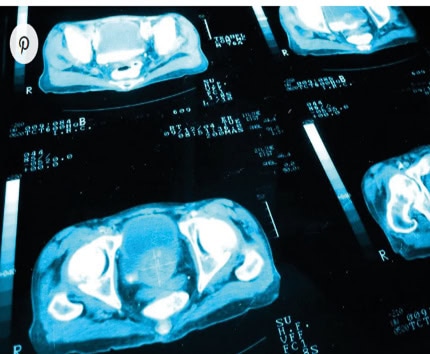Cancer stages refer to the type of cancer a person has, the size of the initial tumor, and whether or not the cancer has spread to other areas of the body.
Cancer staging can vary between types of cancer. However, there are staging systems that doctors frequently use to measure, describe, and treat a wide variety of cancers.
This article will examine what cancer stages mean and what the differences are between stages. It will also look at cancer grades and whether or not a cancer stage can change after diagnosis.
Doctors use cancer stages to describe the cancer in terms of size and whether or not it has spread. ccording to the National Cancer InstituteTrusted Source, cancer staging can help a doctor:
The American Cancer SocietyTrusted Source elaborate on the importance of staging for treatment. An early stage of cancer may respond well to radiation therapy or surgery, while a later stage of cancer may respond better to chemotherapy, targeted drug therapy, or immunotherapy. Many healthcare professionalsTrusted Source use a simple series of five different stages to describe most cancers. As the number increases, the severity of the cancer also increases, and the survival rates decrease.
Once a doctor has made a cancer diagnosis, they will use several methods to classify and stage the cancer. Healthcare professionals refer to the cancer by the initial stage given at diagnosis, even if it changes over time. Using the cancer stage at diagnosis is a starting point for understanding how well it will respond to treatment, as well as the overall survivability rate. In addition to the numbered stages outlined below, healthcare professionals may also describe a cancer with one of the following terms: Additionally, not all cancers have stages. For example, doctors do not stage leukemia since it is a cancer of the blood. Some cancers, such as brain cancer, have their own system of diagnosis. Stage 0 cancer refers to when a doctor has found abnormal tissue that has not yet spread to other areas of the body.










